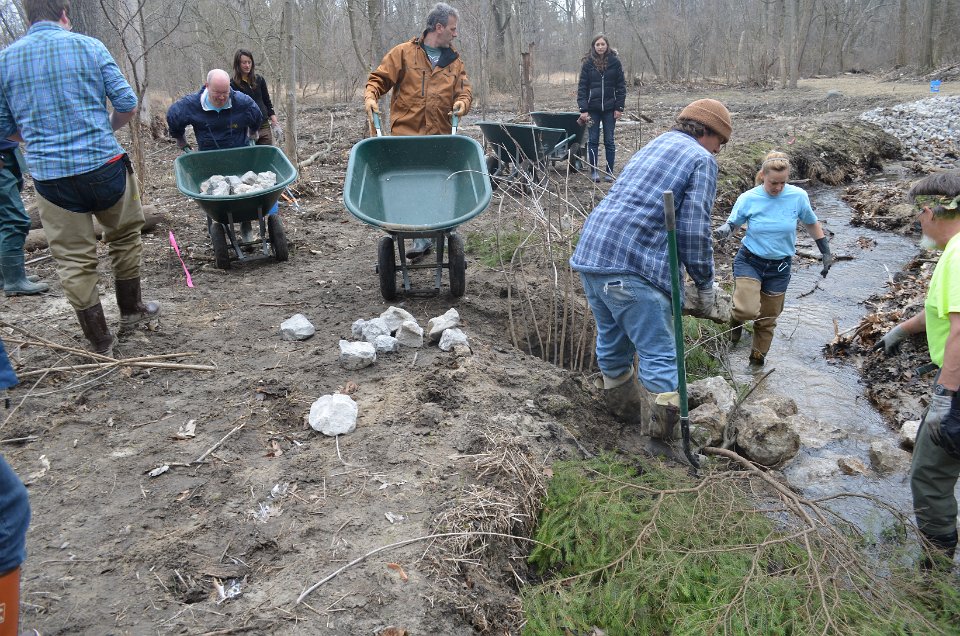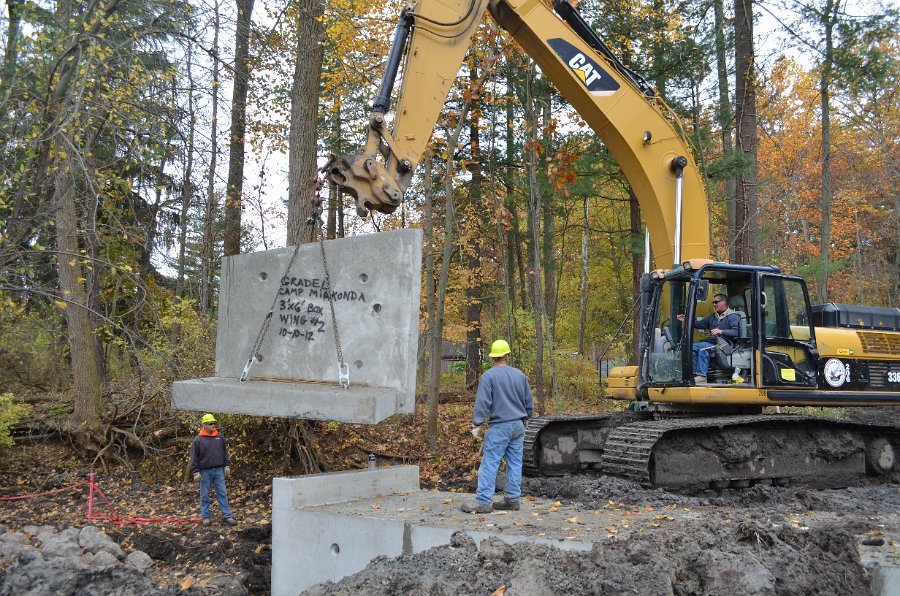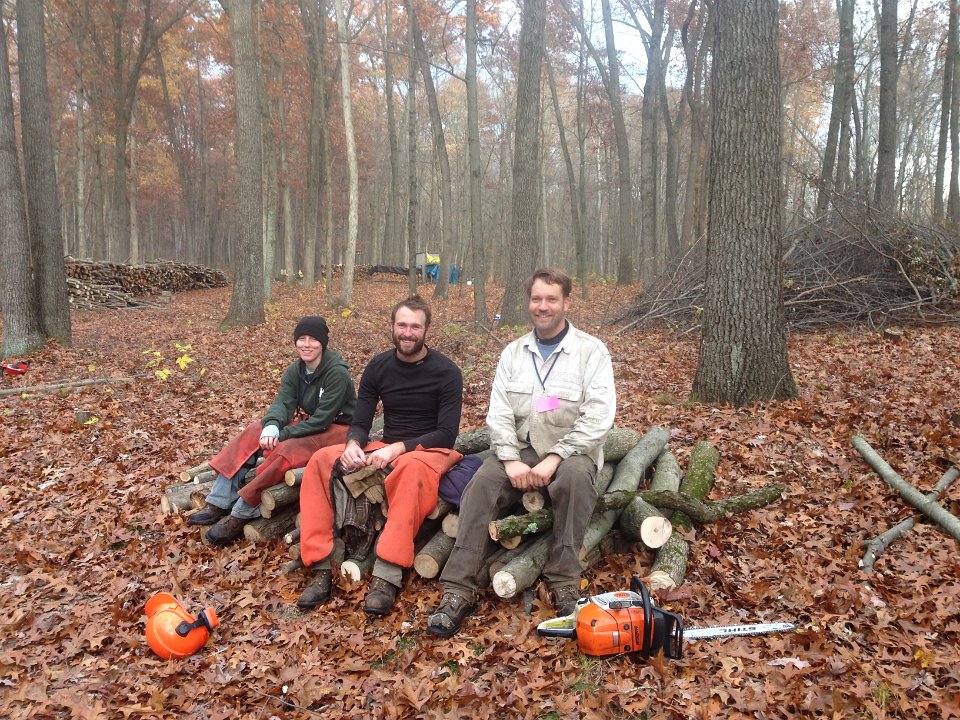Water Habitat Restoration
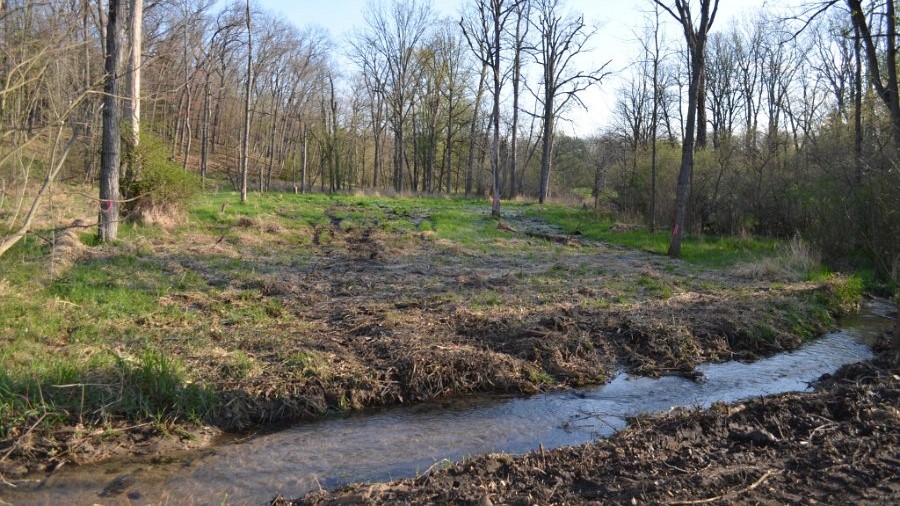
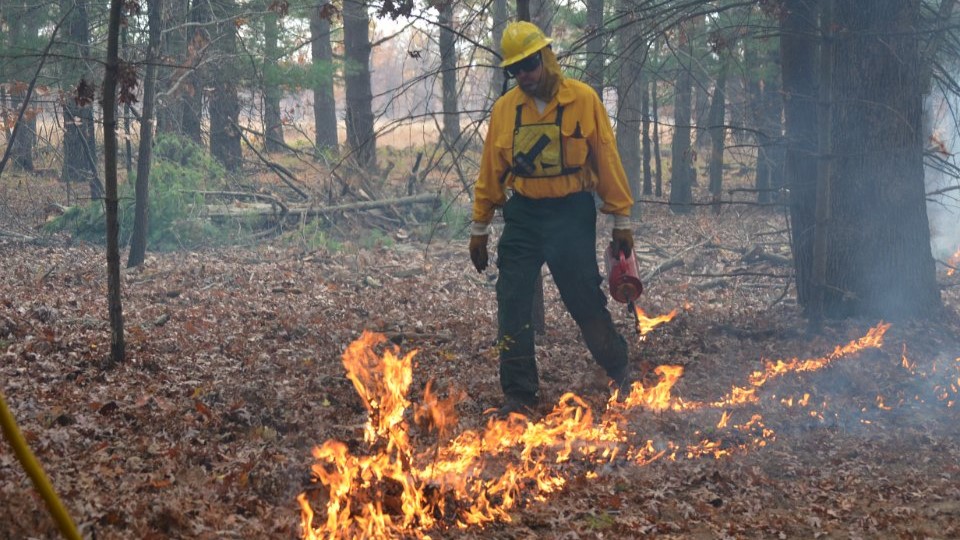
PCS has had the privilege of coordinating multiple stream restoration projects in Northwest Ohio. Our staff and volunteers stewarded these projects from initial development, to implementation, to evaluation of success. These habitat restoration projects were funded through a combination of governmental and private foundation grants.
Maumee Area of Concern (AOC)
The Maumee AOC covers 787 square miles of Northwest Ohio on the path to beneficial use impairment removal. Since 2015, PCS has served as the facilitating organization for the Maumee AOC Advisory Committee (MAAC), which works for swimmable, fishable, and drinkable waters within our region.
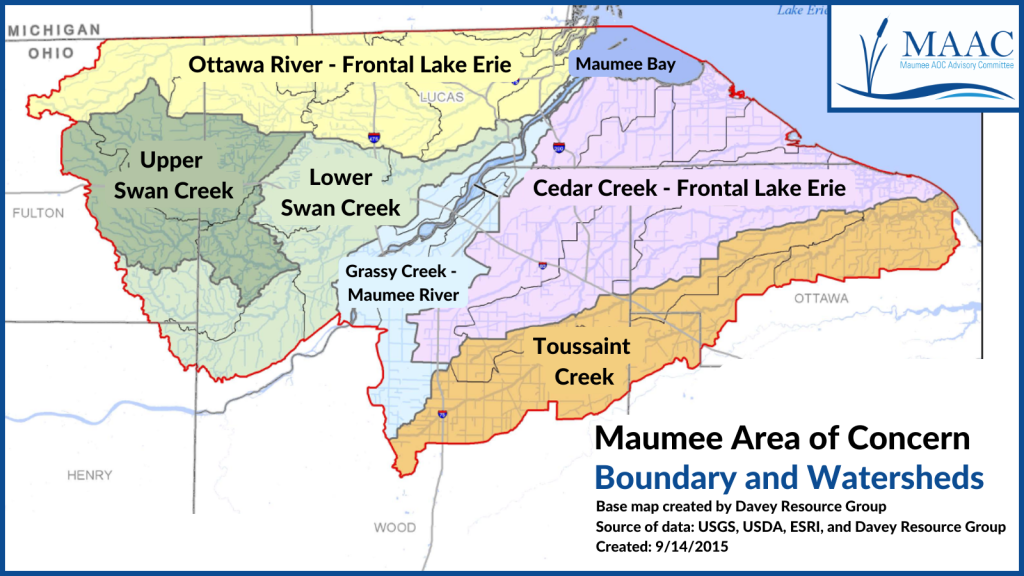
Community Water Action in Toledo (CWAT)
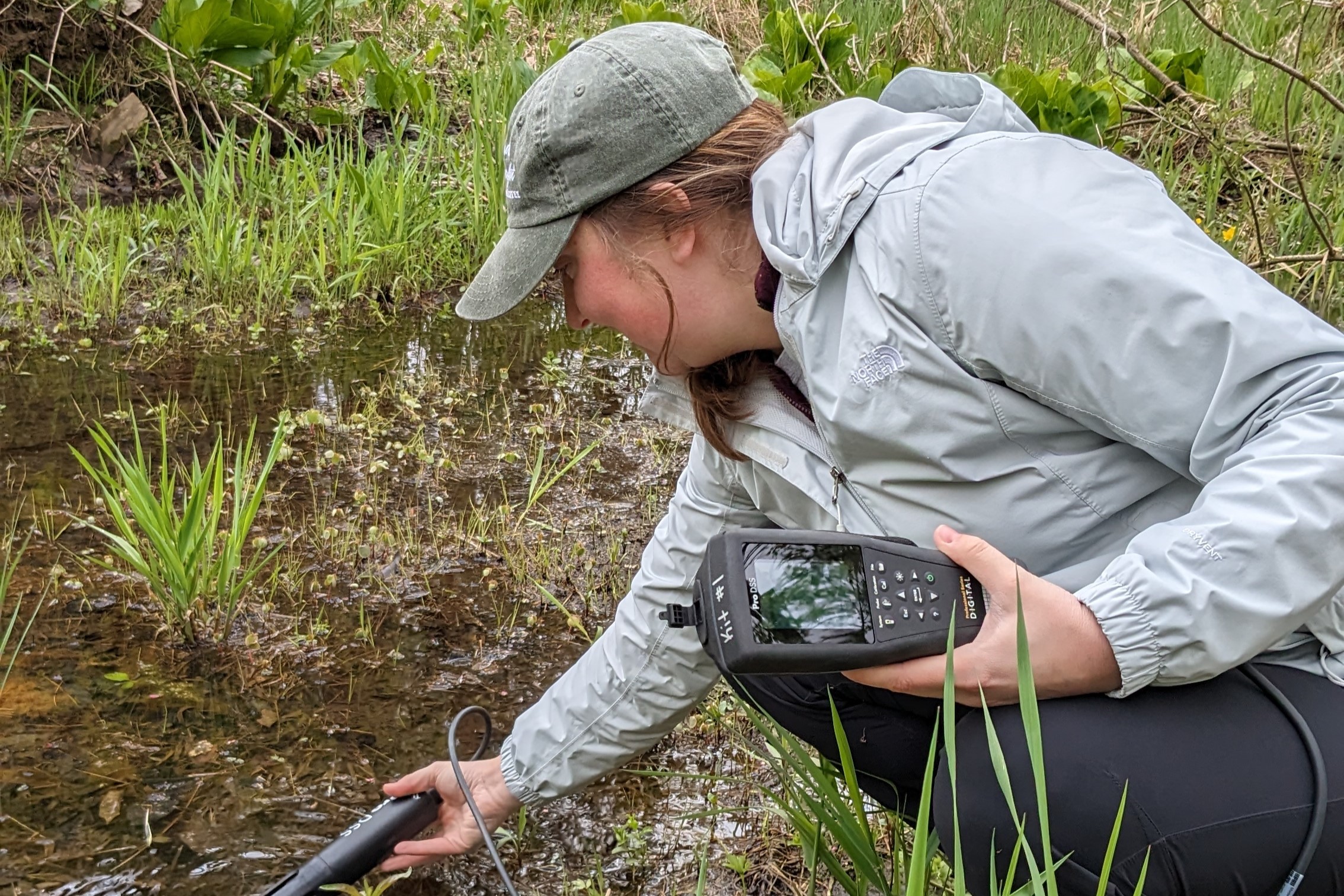
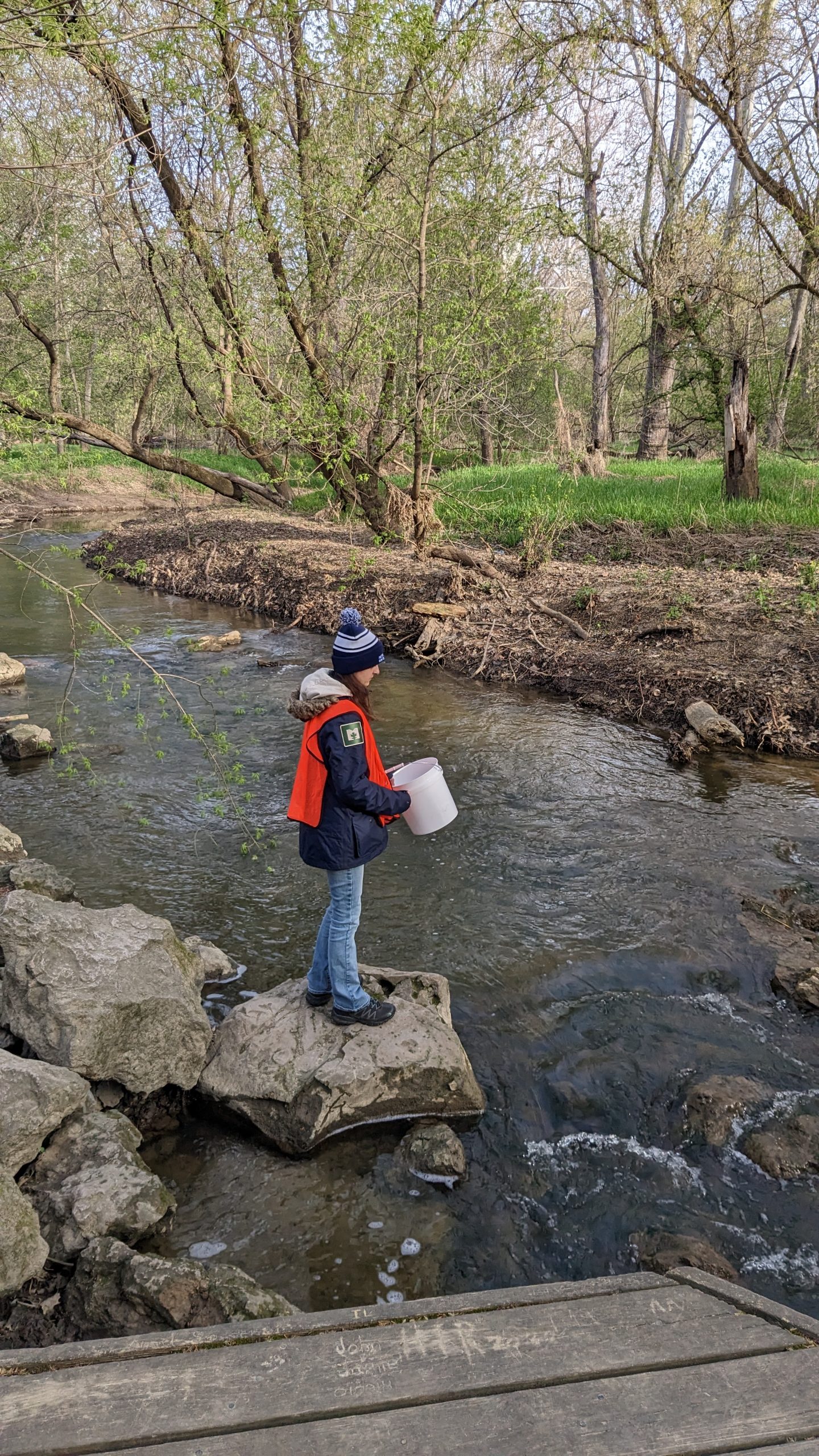
In 2022, PCS kicked off a multi-agency program that streamlines volunteer water quality monitoring across the western basin of Lake Erie. We connect partner organizations’ water monitoring programs by sharing training resources, engaging in volunteer outreach, aligning sampling protocols, and evaluating success.
Additional Projects

Technical Services
PCS works with regional partners on Nonpoint Source Implementation Strategies (NPS-IS) plans, stormwater planning, and more.
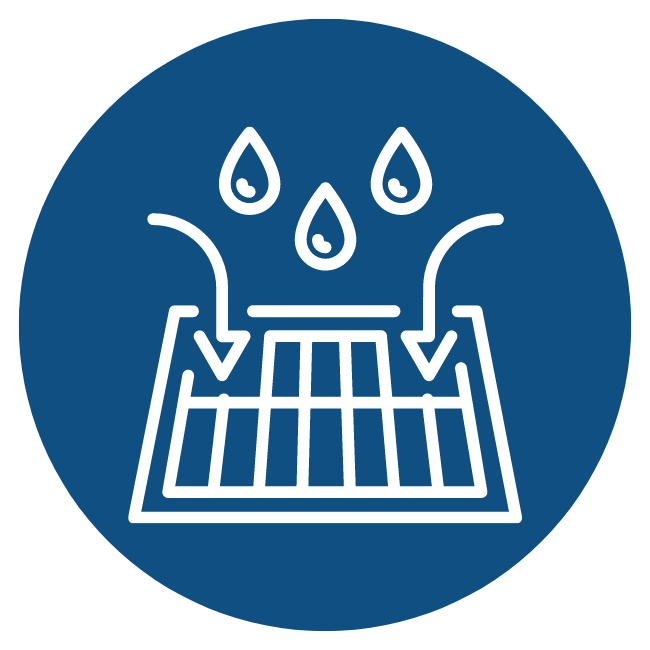
Educational Initiatives
From the Lake Erie Starts Here campaign, to Trash Fee Waters Toledo, to the Give Water A Hand campaign, PCS is a proud partner on developing and distributing educational resources.

